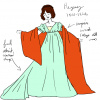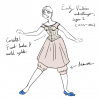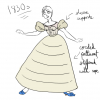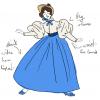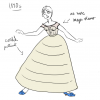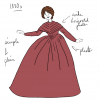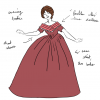laceanddoodles
Your run of the mill Victorian lady
EDIT: I just realized I tagged this as a tutorial by accident. So, as I post more here, I will be talking about my design process and research methods, sharing resources and references, and other such things. I am an amateur costume historian, and I do believe I have a bit of expertise to share.
Just a place for me to store and organize some of my sketches and doodles and designs.

Just a place for me to store and organize some of my sketches and doodles and designs.

Last edited:


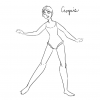
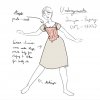
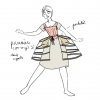
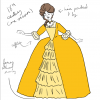
 keep up the good work!
keep up the good work!